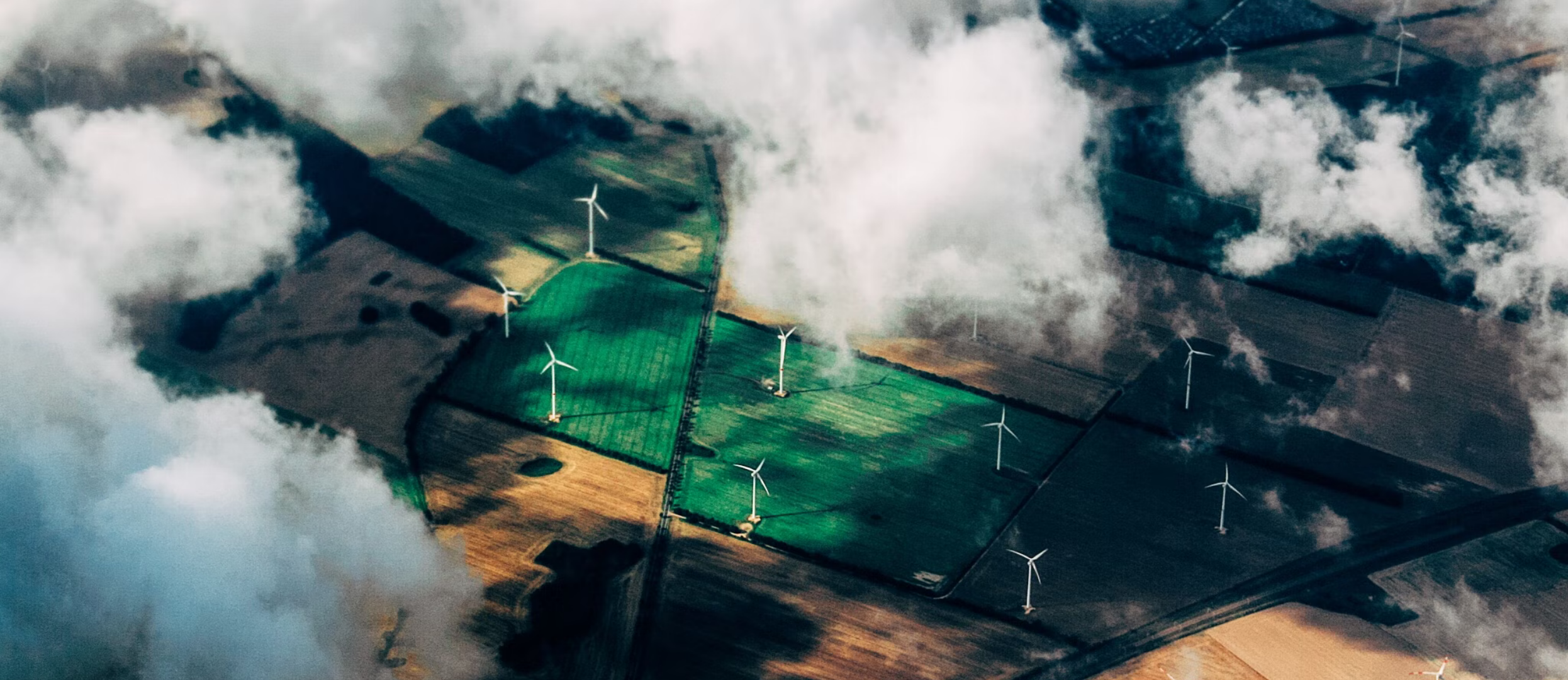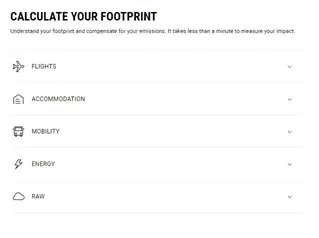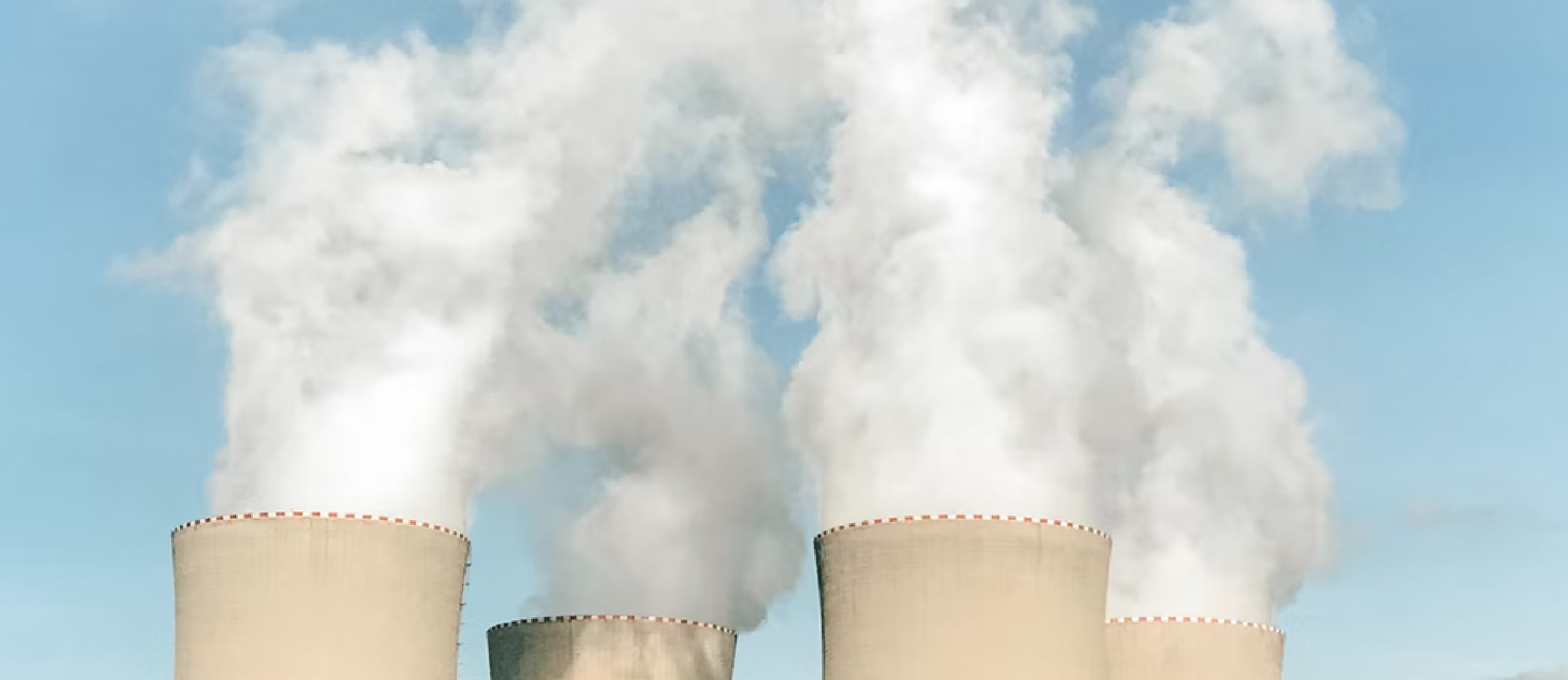
Wondering how you can get carbon credits?
You’re not alone. Many do – especially after seeing just how rapidly the industry has grown.
There are many reasons carbon credits are booming: increased regulation, improved standards, and accessibility are just a few.
So really, if you’re interested in getting carbon credits, it’s a great time to do so.
First of all, what are carbon credits exactly?
Carbon credits essentially represent metric tons of carbon. Simply put, one carbon credit allows or offsets one metric ton of carbon emissions.
The carbon market is where carbon credits are bought and sold.
There are two kinds of carbon markets: Compliance Carbon Markets (otherwise known as Regulatory Markets) and Voluntary Carbon Markets (VCM).
Compliance Carbon Markets (Regulatory Carbon Markets)
Compliance markets are government regulated. The largest carbon compliance markets are in the European Union, China, Australia, and Canada.
With the compliance carbon market, the government tells various industries how much carbon they can emit. It’s then up to a company within that industry to stay under their allotted carbon amount.
The problem is, for some companies, staying within their permitted carbon threshold is simply not possible.
This doesn’t mean that they’re not committed to reducing their carbon emissions.
It just means that they can’t. Perhaps the tech to reduce or eliminate emissions isn’t available yet, or the tech to reduce or eliminate emissions isn’t accessible (it is too expensive to utilize, at least for now). It could be as simple as the electricity in their country being largely provided by fossil fuels.
That’s where carbon credits come in.
For example, Company A emits 150 metric tons of carbon into the atmosphere, but its government only allows it to emit 50. So, company A must do something to neutralize those extra emissions. It purchases 100 carbon credits (1 carbon credit = 1 metric ton of carbon) to offset that carbon.
Companies can purchase two different types of carbon credits on the compliance carbon market:
- Permits to pollute; or
- Project-based reduction credits.
A permit to pollute essentially says, “Hey, we went over our emissions, so we’re paying a fee for every metric ton of carbon above what we were allowed.”
It’s important to note that the fees can be pretty excessive, so this isn’t necessarily a get-out-of-jail-free card. The price for permits increases annually, and the permitted amount also shrinks each year to push industries to go green. The government aims to reduce carbon emissions – not for companies to continue emitting them. So, when companies must purchase permits to pollute, it isn’t exactly favorable for them to do so.
Project-based reduction credits work differently.
With a project-based carbon credit, a company offsets its carbon emissions by investing in environmental projects such as forestry and conservation, improved agriculture practices, and renewable energy. Take a look at the table listed below from Offsetsguide.org to get an idea of how carbon offset projects work:

One metric ton of carbon is offset from the atmosphere through environmental projects for every project-based carbon credit purchased. Therefore, these types of carbon credits are also known as carbon offsets.
This allows companies to do more than just buy permits to pollute. It enables them to do something positive to negate the extra emissions into the atmosphere. In other words, they’re becoming “carbon neutral.”
The good news is that project-based reduction credits aren’t just available on the compliance carbon market. Carbon offsets are the sole credit offered on the voluntary carbon market.
Voluntary Carbon Market (VCM)
What’s great is that when it comes to VCM, it isn’t just limited to companies in regulated areas.
Individuals and NGOs across the globe can purchase offsets too. That means that offsets are available to everyday consumers.
The VCM works differently because it is entirely voluntary. So, no government regulation or government mandate causes companies (or individuals) to purchase credits on the VCM. They’re simply doing so because they want to. They see the value carbon credits and offsets can bring to their organization and lives by making them carbon neutral.
Here is a chart from Climate Care that maps out the different carbon credits and market types.

How are carbon credits and offsets verified?
While carbon credits for the compliance market are government regulated, carbon offsets for the VCM are not. That doesn’t mean that they’re not vetted – simply that they’re just verified by third parties.
Critics felt this process wasn’t stringent enough in the past, but verification methods have changed. It has become far more accurate due to new regulations agreed upon at COP26, standardized across the globe.
Third-party entities are non-profit organizations that ensure that customers receive what they are paying for. They measure the amount of carbon offset through an environmental project and interpret the data, giving any offset project with their seal a green light for approval.
Third-party verifications include the Verified Carbon Standard (managed by Verra), the Gold Standard, the American Carbon Registry (managed by Winrock), and Climate Action Reserve.
They’re committed to ensuring that offset projects are high-quality, so that those purchasing offsets aren’t throwing their money into something that isn’t real. Below are some of their standards.

Let’s look at Verra for a moment since many consider them to be the premier standard.

Verra has a network of auditors on hand to follow up on all Verra-approved offset programs. They oversee all operational aspects, aligning them with stringent standards as set by Verra. More importantly, these auditors are assigned to projects that align with their area of expertise. Because of this process, to date, more than 1,775 certified VCS projects have collectively reduced or removed more than 865 million tons of emissions from the atmosphere.
Where can you purchase carbon offsets?
As an individual, it’s unlikely that you’ll be able to purchase carbon credits directly from the source (ex: a farmer). However, you can buy credits through a third party (through the VCM), so you have a few options.
- You can choose to offset carbon when you make a purchase.
Many companies allow consumers to add “offsets” to their purchases to offset their emissions. For example, numerous commercial airlines are doing this so that their customers can fly in a green way.
Look at American Airlines, for example. Their non-profit, Cool Effect, allows customers to purchase offsets to reduce the impact of their flight. This is done during the checkout process, making it quite simple for any customer to use.

Other airlines, such as Delta, United, and British Airways, are doing the same.
- You can buy carbon offsets individually, picking and choosing on websites such as Nori, Gold Standard, and South Pole.
Nori.
Nori works with individuals, companies, and NGOs, making purchasing offsets simple. For example, on Nori’s website, once you select “remove carbon” on the Nori homepage, you can enter the number of credits you would like to buy. Currently, they cost $15 each, with an additional 15% fee for processing.

If you’re a business owner, you can even use various tools that Nori has available to calculate your carbon emissions and purchase a subscription of offsets each month.

To date, 75,553 metric tons of carbon have been offset through Nori.
Gold Standard.
Gold standard is one of the oldest marketplaces, developed over a decade ago. They have created 2,300 projects in over 98 countries and have reduced 191 million tons of carbon.

What customers love about Gold Standard is the ability to narrow down projects based on what aligns with your own values. This makes the process of purchasing offsets very personalized.

South Pole.
South Pole has developed over 700 climate action projects worldwide. They have carbon calculators for individuals (and organizations) to calculate their carbon footprint that also help find projects that align with their needs.

- If you’re a farmer or own land, you can produce carbon credits yourself to sell.
Anyone who owns or operates land can produce and sell carbon offsets to increase their profits while helping the environment. This is especially true of farmers and ranchers. This can be done by:
- Conservation tillage or no-tillage practices,
- Nutrient management and precision farming,
- Returning biomass to the soil as mulch after harvest,
- Planting cover crops off-season, as well as rotating crops,
- Promoting forest regrowth and converting acreage into grasslands or woodlands,
- Using flood irrigation systems instead of surface irrigation systems,
- Alternating manure management and feeding schedules; and
- Switching to alternate, renewable fuels that are low carbon.
A third-party expert from one of the verification sites listed above can then verify data from your property and conduct a site visit to see how many offsets your project is eligible to receive. Since the VCM is expected to expand rapidly over the next ten years (and through 2050), these projects have excellent earnings potential.
The price of carbon offsets is increasing.
With most of the world focused on hitting net-zero by 2050, carbon offsets are at an all-time high.
The reason why is that net-zero and neutrality goals can only be achieved with the help of massive carbon offset purchases. Demand is up, and supply is low. As such, the prices continue to increase. In fact, the current E.U. price for carbon offsets is at more than €80/ton.
Check out the volume, prices, and value of the market through August 2021:

California is the only state in the U.S. with a rigid carbon market – which is where most offsets are sourced. But other states are starting to take the lead.
So, the income potential is seemingly endless for farmers throughout Europe and the U.S. – where the carbon offset industry is growing.
What about green investments?
Investing in carbon credits, carbon ETFs, and carbon stocks is an excellent way to diversify your investment portfolio and also do something to help the environment.
The Fossil Free Fund is a great tool that you can use to help you identify mutual funds and ETFs that are environmentally conscious.
In addition to finding top-rated, green funds, you can search for funds that you currently have within your 401K, retirement plan, or personal portfolio to see if they are invested in the fossil fuel industry. This way, you can make changes if need be.
Carbon Market Growth.
According to experts surveyed by the Taskforce for Scaling Voluntary Carbon Markets (TSVCM):
“Based on stated demand for carbon credits, demand projections from experts… and the volume of negative emissions needed to reduce emissions in line with the 1.5-degree warming goal… the market size [for carbon offsets] in 2030 could be between $5 billion and $30 billion at the low end and more than $50 billion at the high end.”
Some experts even believe the VCM could reach $100 billion by 2030 – up from just $300 million in 2018.
Carbon credits help companies and individuals meet emissions goals. They can also help everyday farmers and landowners worldwide earn extra income. So, carbon credits serve both to spark economic development globally as well as a method of fighting climate change.
Carbon credits and offsets are a win for all.




